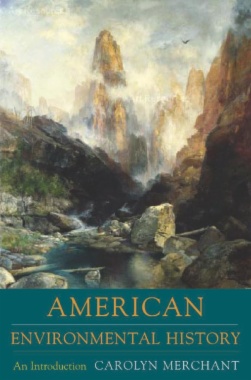The story of Nero is also the story of much of the Julio-Claudian dynasty. The bloody legacies of the previous emperors Caligula and Claudius are introduced before delving into Nero's own reign of intrigue, murder, and atrocities. The women of the family, including Nero's mother Agrippina, his wife Poppaea, and the empress Messalina, contribute their share of villainy to the tale.

